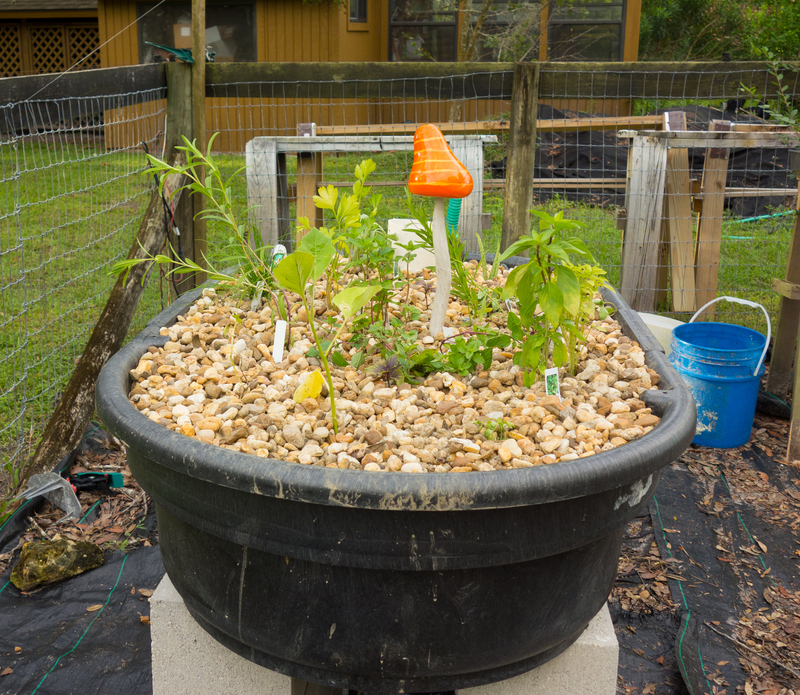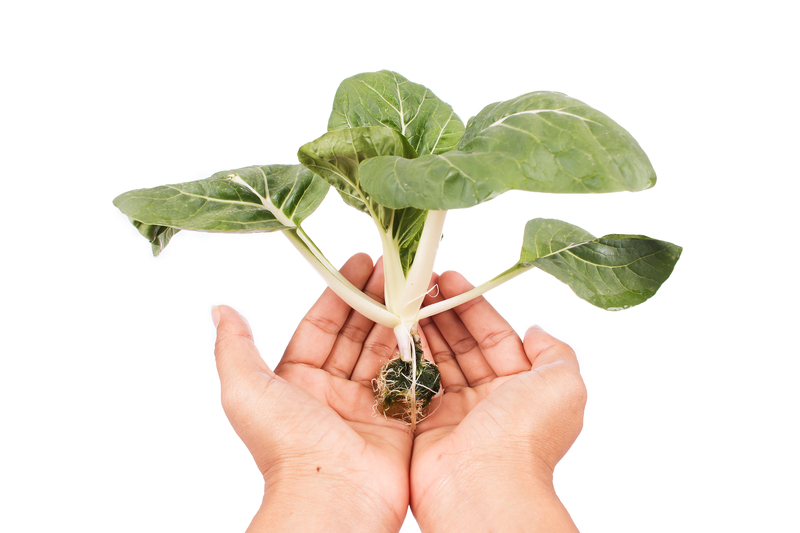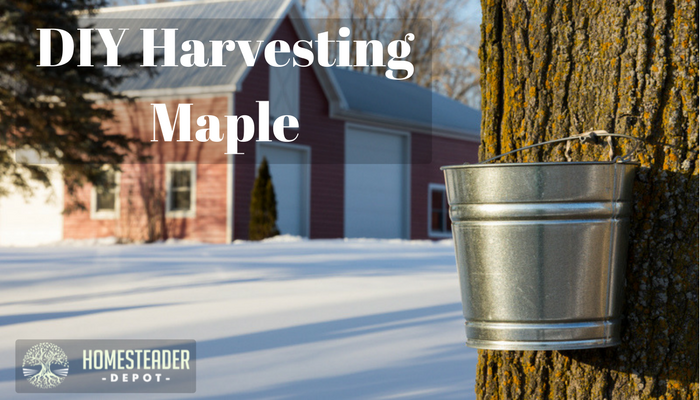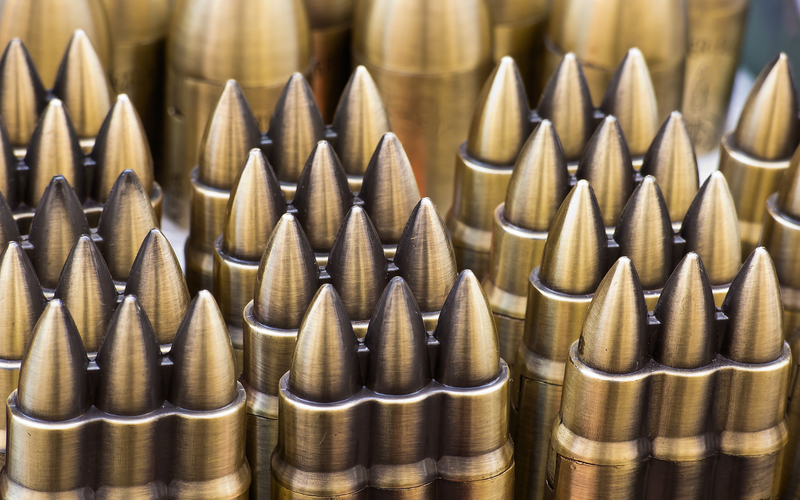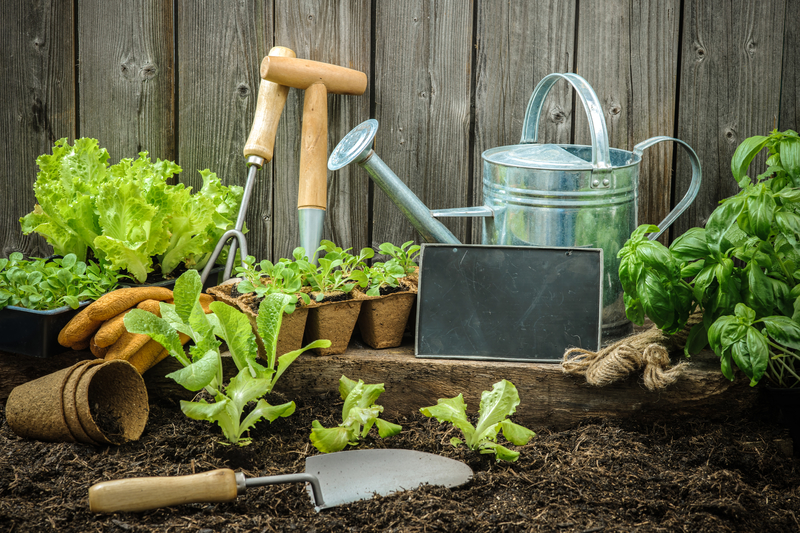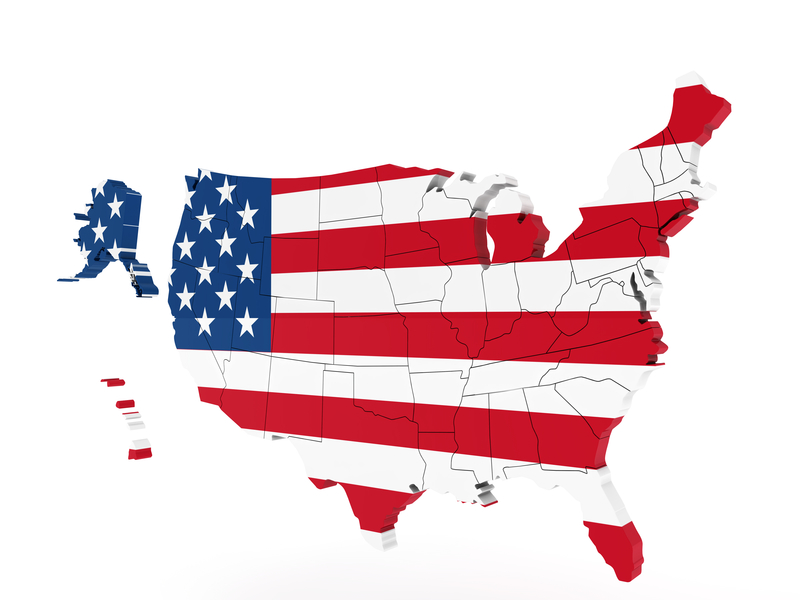5 Things to Consider When Building an Aquaponic System
Setting up an aquaponic system, although quite an easy task, requires some basic knowledge of aquaponics. If you have decided to install such a system in your house, then you probably know what this is and how it could help you. However, there may still be things which can interest or help you. Below you … Read more

